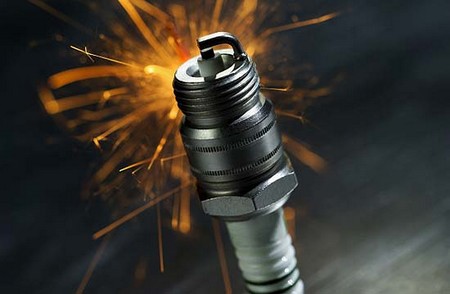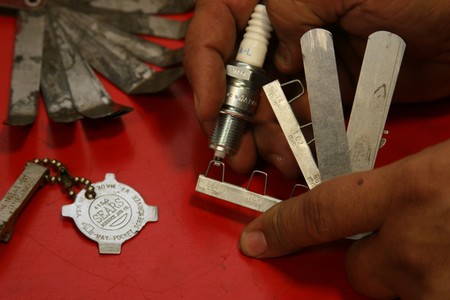Spark plugs are one of the essential car parts that have evolved very little since their invention. In a nutshell, an electrical current is sent from the ignition system to the spark plug. Said spark is produced, which ignites the fuel, thus powering the engine and making a car run.

These components are subjected to a lot of stress and should be checked periodically and replaced when needed. Replacements are cheap and can be carried out at home. Every car owner should know when and how to replace spark plugs because this timely move can help the car run more smoothly and improve your gas mileage.
The act of replacing spark plugs can be quick and straightforward, but also methodical procedure. You don’t need an auto shop’s worth of tools, but a 12 inch socket extension, a ratchet wrench and a spark plug socket for your car will come in handy when you’re learning how to replace spark plugs.
Generally, there will be the 4 spark plugs found in 4-cylinder engines are located on top of the engine and clearly visible when you pop to hood. For 6 or 8-cylinder engines, you may have to follow the spark plug wires to locate the plugs, usually located underneath the engine and on either side of it.
Working on one spark plug at a time, disconnect the spark plug wire. This can be done by pulling up the wire by its rubber boot located at the end of the wire. This prevents you from pulling on the wire proper, and avoids any damage to said wire. Some wiggling may be required to loosen the boot, and always pull it straight up, never obliquely.
Attach your spark plug socket and its extension to your ratchet to pull up the spark plug. Set your ratchet to “loosen”, i.e. counter-clockwise, slide it over the end of the spark plug and pushing on as far as it will go to remove the spark plug. A spark plug should be replaced if it has turned black, sports heavy deposits or if the core nose or electrode is damaged. An oily or whitish spark plug is also cause for concern, though bit of dirt and soot is fine.
Newer, more current spark plugs can be ordered to be specifically gapped for your car, saving you some time. Insert the new plug into the socket and tighten it by hand until it fits snugly. A torque wrench can be used to tighten the plug further, but proceed with caution. Finally, replace the spark plug wires, which should snap into place with a soft plop.









